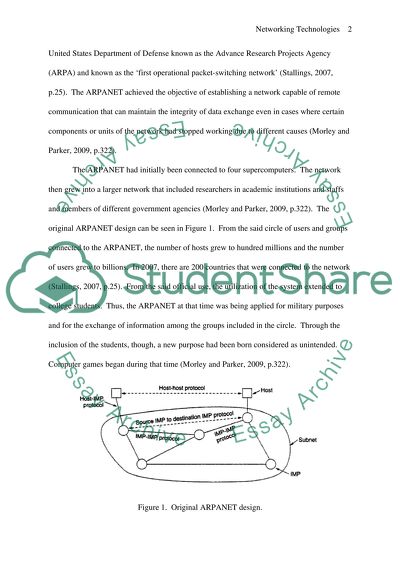Cite this document
(“History of networking Essay Example | Topics and Well Written Essays - 2500 words”, n.d.)
Retrieved from https://studentshare.org/environmental-studies/1404817-history-of-networking
Retrieved from https://studentshare.org/environmental-studies/1404817-history-of-networking
(History of Networking Essay Example | Topics and Well Written Essays - 2500 Words)
https://studentshare.org/environmental-studies/1404817-history-of-networking.
https://studentshare.org/environmental-studies/1404817-history-of-networking.
“History of Networking Essay Example | Topics and Well Written Essays - 2500 Words”, n.d. https://studentshare.org/environmental-studies/1404817-history-of-networking.


